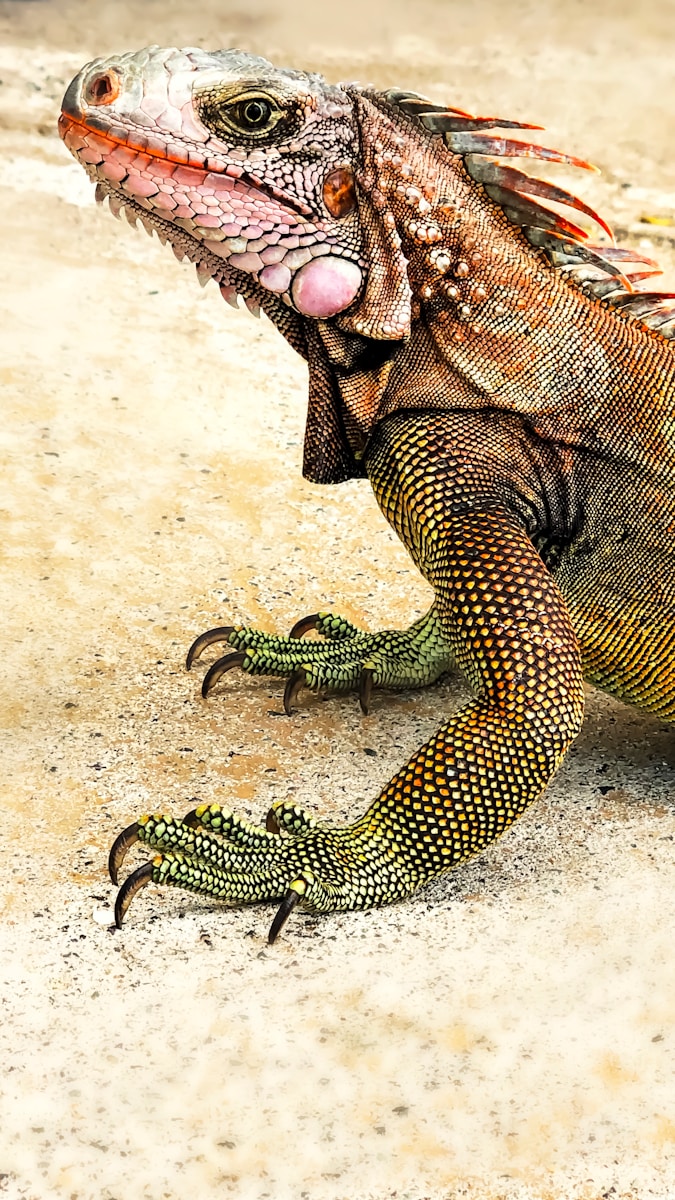A new study has uncovered an intriguing page in the history of the Earth’s longest-lived animals, the iguanas. 34 million years ago, the ancient reptiles embarked on what is now the longest oceanic journey ever undertaken by a land animal, covering an incredible 5,000 miles of open ocean. The remarkable journey tells us much about the resilience of life and the incredible feats of some of the world’s most unlikely travelers.
The Oceanic Journey of the Iguanas
This amazing discovery is the culmination of research into the evolution of iguanas, namely ancestors of the modern species in the Galápagos Islands. Researchers have always been curious how these reptiles ended up settling in such out-of-the-way places. The answer, as reaffirmed by recent discoveries, is that they probably hitched a ride on natural ocean currents over a period of several million years.
The 5,000-mile journey that the iguanas undertook was not only a Herculean undertaking but one which completely transformed the course of their evolutionary history. The ancestors of the reptiles had hitched an aquatic “taxi” from the continental South America to the remote Galápagos islands 34 million years ago. Scientists believe the journey was undertaken due to ocean currents that assisted in transporting the iguanas rafting over the vast body of water to some reaching the islands. The feat is documented as the longest recorded distance traveled by a land animal in the ocean.
How Did They Do It?
Although it would seem improbable that reptiles this large would be able to endure an open-sea voyage, iguanas are more suited for such travel than might otherwise be assumed. Marine iguanas, for example, have recently been observed to swim and dive in the icy waters of the Galápagos Islands. This capacity to survive both on land and in water would have been advantageous to their ancient ancestors by enabling them to survive long oceanic distances.
Secondly, these reptiles could have been carried by the ocean currents, such as the Humboldt Current, that flows from the coast of South America to the Galápagos Islands. The ice winds and ice water would have given some relief to the iguanas, and they would have survived during the long journey. Though the number of surviving iguanas cannot be determined, the presence of such iguanas’ ancestors on the Galápagos island confirms a successful migration.
The Evolutionary Significance
The evolutionary history of the iguanas is an important event in the evolutionary timeline. Upon reaching the Galápagos Islands, the iguanas rapidly diversified to the contemporary species that populate the islands today, such as the marine iguana and the land iguana. The geographical isolation of the islands offered for a singular evolutionary process, with iguanas developing to occupy different ecological niches. The adaptation process led to the variable and unique species that populate the islands today.
The discovery also sets the stage for new research into how ocean currents contribute to animal migration. Although we have long recognized that sea animals, including sea turtles, tend to travel extensive distances, the iguana’s migration indicates that even land animals can be swept to faraway shores by natural forces. The 5,000-mile voyage is a reminder that life’s journey down the passage of time can be full of the unexpected and wondrous journeys.
Conclusion
The discovery of the ancient 5,000-mile sea journey of the iguana is an captivating glance in the past that shows both life’s determination and the spectacular power of nature. Although the migration of the iguanas took place millions of years ago, what we can learn from it about survival, adaptation, and the interconnectedness of Earth’s ecosystems is still relevant today. The more we know about this incredible journey, the more we’re reminded of the incredible distances life forms are capable of, and the limitless ways in which nature can steer the course of evolution.
RELATED STORIES
https://interestingengineering.com/science/iguana-ancestors-floated-record-5000-miles?group=test_a
https://www.nytimes.com/2025/03/17/science/iguanas-fiji-rafting.html
TAKE ACTION
The Ultimate Castaways: How Iguanas Survived a 5,000-Mile Ocean Voyage





